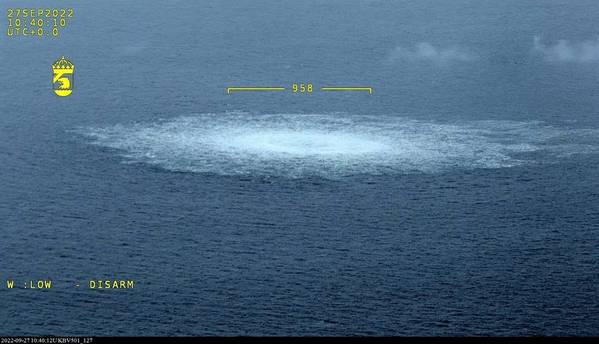
Tiny amounts of gas briefly appeared in the Russian Nord Stream 1 pipeline on Wednesday, website data showed, weeks after it was ruptured in the Baltic Sea by what investigating teams said was suspected sabotage caused by explosions.
Gas flows were at 102 kilowatt-hours per hour (kwh/h) between 0700-0800 CET (0500-0600 GMT) on Oct. 19 from zero, and at 119 an hour later, the data showed.
The data subsequently showed that the flows dropped back to zero starting from 0900 CET.
Before the stoppage in late August, Nord Stream 1 carried some 14,000,000 kilowatt hours per hour of Russian gas.
Nord Stream's operator did not immediately respond to a request for comment and no explanation was immediately available. Small amounts of gas in the idle Nord Stream 1 pipelines have been detected before, including in early September.
Industry sources attributed this to glitches in metering facilities. Dwindling flows of gas from Russia, which once supplied 40% of Europe's needs, has to unite over how to respond to surging prices that have deepened a cost-of-living crisis for families and businesses.
(Reuters - Reporting by Ashitha Shivaprasad in Bengaluru, Matthias Williams in London and Vladimir Soldatkin in Moscow, Editing by Miranda Murray, Kirsten Donovan)



